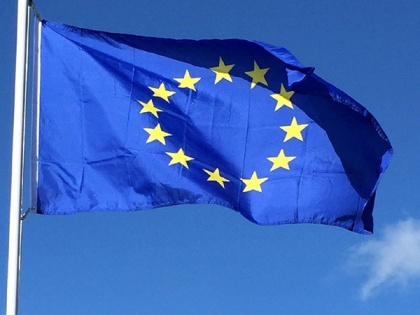EU's employment rate peaks at 75 pc in 2022
By ANI | Published: April 30, 2023 03:44 PM2023-04-30T15:44:47+5:302023-04-30T15:45:45+5:30
Brussels [Belgium], April 30 (/WAM): In 2022, 75 per cent (193.5 million) of the European Union's 20-64-year-olds were employed, ...

EU's employment rate peaks at 75 pc in 2022
Brussels [Belgium], April 30 (/WAM): In 2022, 75 per cent (193.5 million) of the European Union's 20-64-year-olds were employed, the highest share recorded since the start of the time series in 2009, according to data on the labour force published by Eurostat. The employment rate dropped to 72 per cent in 2020 due to the COVID-19 pandemic, but rebounded to 73 per cent in 2021 and further increased by 2 percentage points (pp) in 2022.
Among the EU countries, 11 had employment rates above 78 per cent (one of the three targets set in the 2030 action plan of the European Pillar of Social Rights, with the Netherlands (83 per cent), Sweden, and Estonia (both 82 per cent) having the highest rates. The lowest rates were recorded in Italy (65 per cent), Greece (66 per cent), and Roma (69 per cent).
In 2022, the EU over-qualification rate was 22 per cent, with 21 per cent for men and 23 per cent for women. Over-qualification is when people with tertiary education (ISCED levels 5-8) are employed in occupations that do not require such a high level of education (equivalent to ISCO major groups 4-9).
Among the EU countries, the over-qualification rate was highest in Spain (36 per cent), followed by Greece and Cyprus (each 32 per cent). Meanwhile, Luxembourg (7 per cent), Sweden, Denmark, Hungary, and Czechia (each 14 per cent) recorded the lowest rates.
In 19 of the 27 EU countries, women had higher over-qualification rates than men, with the largest differences recorded in Malta (+11 pp), Cyprus (+8 pp), Italy, and Slovakia (both +7 pp). However, in eight EU countries, men had higher over-qualification rates, with the biggest differences recorded in Baltic countries: Lithua (+5 pp), Estonia, and Latvia (each +4 pp). (/WAM)
Disclaimer: This post has been auto-published from an agency feed without any modifications to the text and has not been reviewed by an editor
Open in app